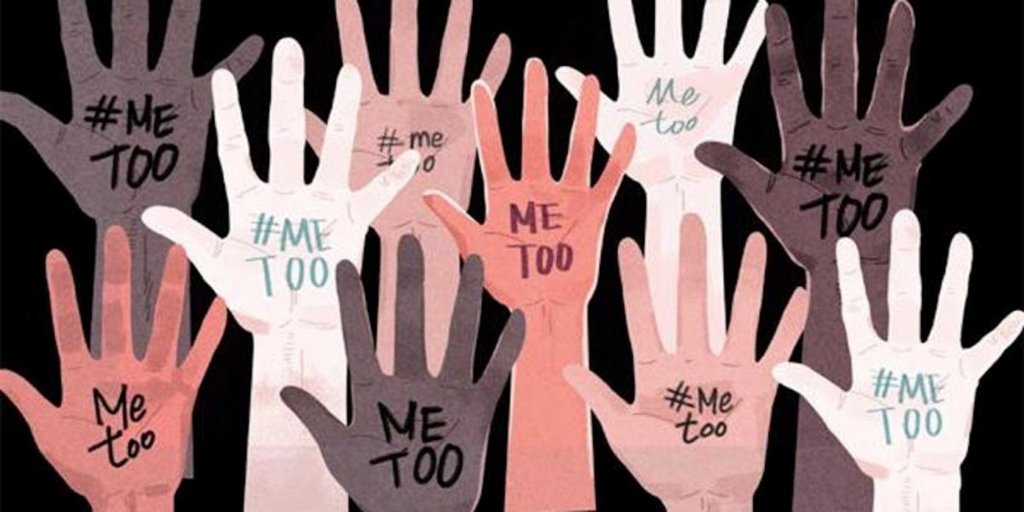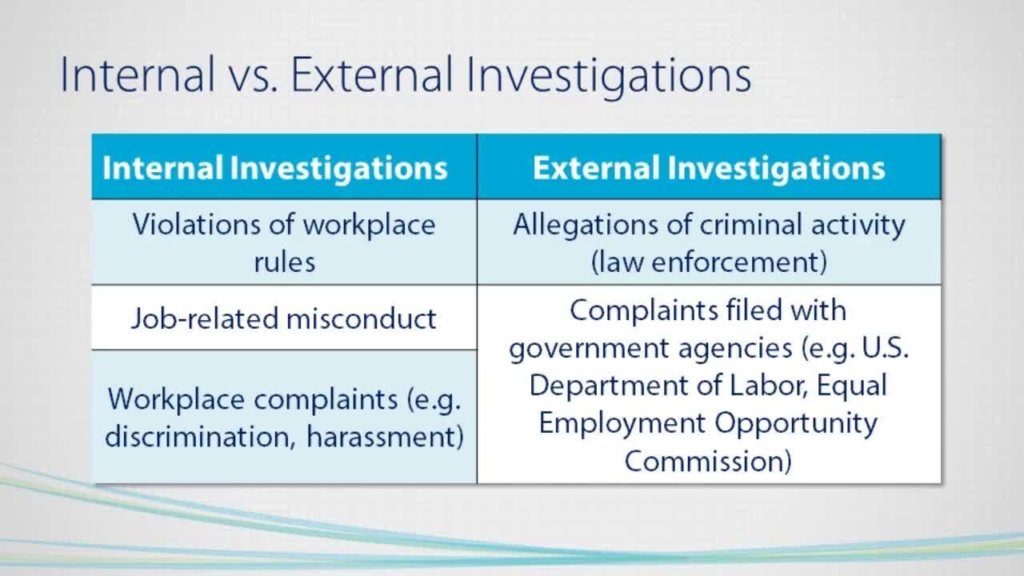Creating a Free-Harassment Workplace

It is every employee’s right to work in a harassment-free environment. Unfortunately, many people face some form of harassment in the workplace. This can be highly damaging to both the individual and the company as a whole.
Creating a zero-harassment workplace is essential for all businesses and organizations. In this article, we will discuss how to create and maintain a zero-harassment workplace. We will also cover what employees can do if they experience harassment in the workplace. Stay tuned!

According to the United Nations, “harassment is any improper and unwelcome conduct that might reasonably be expected or be perceived to cause offense or humiliation to another person. Harassment may take the form of words, gestures, or actions which tend to annoy, alarm, abuse, demean, intimidate, belittle, humiliate, or embarrass another or which create an intimidating, hostile, or offensive work environment.”
Even though harassment is completely banned and looked frowned upon, it remains one of the primary issues faced in the workplace. According to the U.S. Equal Employment Opportunity Commission (EEOC) charge data between FY 2018 and FY 2021, a total of 98,411 charges alleging harassment under any basis and 27,291 charges alleging sexual harassment were received.

Data that can be underestimated considering that according to a report released in 2020 from this same office, a shocking 55.8% of complaints imply retaliation after a sexual harassment incident has been reported, which often dissuades victims from coming forward and creates an oppressive atmosphere in the workplace. Retaliation can be manifested through demotion, exclusion from staff activities, or by assigning unfavorable tasks.
Harassment can come in many forms and have serious consequences. Tangible forms of harassment can include physical assault, threats, or blackmail; whereas intangible forms of harassment can involve offensive comments, jokes, bullying behaviors, or unwanted sexual advances. Let’s review them more in-depth!
Types of Harassment at the Workplace
Workplaces are spaces where all different kinds of people get together, and while that can be a very good thing, sometimes it creates disagreeable moments among the parties involved. Here are the most common types of workplace harassment:
Workplace Sexual Harassment
The U.S. Department of Justice, Office on Violence Against Women (OVW) has defined sexual assault “as any nonconsensual act that is against the law, including when a victim can’t legally provide consent.” Although these acts constitute a crime punishable by law, it’s important to note that sexual harassment is also considered a form of discrimination in the workplace setting too!
Nearly three out of four individuals who experience workplace sexual harassment never report it
The #MeToo movement has brought to light how widespread this type of harassment is. Sexual harassment can manifest in many forms, including inappropriate jokes, comments, or gestures; unwanted touching, such as kissing or hugging; offensive language regarding gender; and the unwelcome display of sexually explicit materials.

Harassment Quid Pro Quo
This Latin term roughly means “this for that,” quid pro quo harassment is an exchange of services or favors in return for a benefit. For example, when employees are asked to perform sexual acts or activities in return for job-related benefits like promotions, better assignments, or pay rises.
Harassment quid pro quo is an abuse of power often found in the workplace
Harassment quid pro quo can lead to employees feeling unsafe in the workplace and demoralized by the lack of respect for their rightful autonomy.

Racial/Ethnic Harassment
This type of harassment is a damaging form of discrimination that has no place in the workplace. Racial and ethnic harassment can involve behavior such as slurs, insults, jokes, name-calling, mocking, or belittling of cultural dress, symbols, or other markers of an employee’s racial or ethnic identity.
Racial/ethnic harassment can cause massive harm to victims, resulting in physical symptoms like stress, anxiety, and depression. It can also lead to long-term psychological damage and impact how a person interacts with others.
Gender Harassment
Gender harassment is an increasingly common form of harassment in the workplace. It is based on using gender stereotypes to demean, belittle, and humiliate someone. Gender Harassment often involves holding people to a certain standard because of their gender, or treating them differently in terms of career advancement or pay.
It can be difficult to recognize gender harassment since it can be subtle and come in many forms; for example comments about clothing, voice tone changes when speaking to someone of the opposite gender, or leaving someone out of conversations or activities because of their gender identity.
Age Discrimination
Mostly everyone has enjoyed this movie called “The Intern” starring Anne Hathaway and Robert De Niro. This movie is a critically acclaimed movie that explores age discrimination in the workplace.
Through its captivating story, The Intern shines an important light on the ageism faced by mature workers in today’s job market. The message that age should not be a limiting factor for anyone seeking employment should be heard and embraced by all.

However, age discrimination in the workplace is common and can take on many forms. It may manifest as remarks made directly to an employee based on their age, such as derogatory comments about someone “being too old” or “too young.”
6 out of 10 older workers have seen or experienced workplace age discrimination on the job and 90% say it is common

Age discrimination can also include treating certain groups of employees differently due to their age even when there is no direct language used. For example, favoring younger employees over older staff members for promotions and job opportunities.
Retaliation
Retaliation in the workplace occurs when an employee is subjected to negative action or treatment as a result of filing a complaint, participating in a discrimination investigation, or otherwise challenging workplace behavior.
Retaliation can take on a variety of forms such as demotion, exclusion from company activities or advancement opportunities, changes to job duties or title, hostile work environment; it is any type of adverse action taken with the intent to cause harm. Retaliation is an illegal act and should be reported immediately.
Free from Harassment: Creating a Workplace Where Everyone Can Thrive
Creating a zero-harassment workplace is essential for maintaining a respectful and safe work environment. Let’s review the guidelines to make your workplace free from harassment!
Establish Anti-Harassment Policies
The first step to guarantee a workplace free from any form of harassment is to establish anti-harassment policies. These policies must be put into place and enforced in every department of your company, be it small or big. These policies should set expectations of appropriate behavior, include resources for reporting any type of harassment, and specify processes for investigations and disciplinary action to take place when violations occur.

Setting these standards will help send the message that all forms of harassment will not be tolerated in any capacity. By doing, you will create an environment that is free from harassment, instilling a sense of safety and respect throughout your workplace.
Although a bit old, this United Nations High Commissioner for Refugees Policy on Harassment, Sexual Harassment, and Abuse of Authority by the United Nations is a good place to start writing your anti-harassment policies. Read it here.
Educate Employees on Workplace Harassment
After having your policy in place, training must follow. This training should include conversations about what constitutes workplace harassment, behaviors and outcomes that can result from it, employee resources available if they experience it, and specific methods used when reporting or responding to inappropriate behaviors.
Not only is employee training important for staff well-being and engagement, but it also reinforces the expectations of a safe, respectful environment that sanctions inappropriate behavior. Proper employee education on this issue will not only help them proactively prevent and respond to harassment but also promote a more cohesive work culture.
Internal Complaints Process
It’s important to understand when an issue going on at your company requires an internal or external investigation. Understanding when an issue should be investigated internally or referred externally can help minimize workplace harm and ensure that appropriate action is taken when needed.

An internal complaints process is critical in any organization to ensure that employees who have faced workplace harassment can speak up and take action. This internal process should be detailed and clear, allowing employees to speak with confidence that their complaint will be taken seriously and the necessary measures will be taken against the perpetrator.
Organizations with ten or more employees must establish a mandatory Internal Complaints Committee (“IC”) to receive and address grievances under the Prevention of Sexual Harassment at Workplace Act, 2013, and must be constituted by the following members:

From setting up a neutral third party for investigation purposes to offering confidentiality for involved parties, the internal complaint process can help restore order, empower victims, and deter perpetrators from resorting to such behavior again.
Take Action Immediately
It is crucial to take workplace harassment seriously and take action immediately upon hearing or being informed of an incident. Any instance of workplace harassment, no matter how small, must be treated with respect, investigated thoroughly, and acted upon swiftly to ensure a safe workplace environment for everyone.
Studies revealed that only 6-13% of individuals who are exposed to workplace harassment submit a formal complaint
It is important to ask questions and investigate every claim thoroughly so that necessary corrective action can be taken to prevent future problems. Doing nothing not only puts people in danger but ignores the fundamental right of all employees to feel secure while at work.
Therefore, it is essential to take workplace harassment seriously and act promptly when signs are detected to maintain a workplace where every individual can feel comfortable, supported, and respected.
Build a Positive Work Culture
Establishing a positive workplace culture is essential to prevent workplace harassment and create an environment where employees feel comfortable and respected. Hiring the right people and having clear guidelines against workplace harassment are central tools in fighting workplace harassment.
- Establishing a code of conduct helps everyone understand what is expected of their behavior, while also making sure that everyone knows they have the right to a workplace free from discrimination.
- Regular training can further educate staff members on workplace harassment and ensure that team members are aware of how to handle any such issues as early detection is key.
- Finally, supervisors should practice open door policies to ensure that compliances will be followed, hard work appreciated and most importantly, there is an open line of communication between employers and employees so a healthy work environment can be maintained.
Workplace Harassment Costs Companies Millions Every Year
Workplace harassment is one of the biggest workplace issues of our time, costing companies millions of dollars every year in lost resources and decreased productivity. The tangible costs come from a combination of settlements and legal fees, whereas the intangible costs include damaged workplace morale, lost productivity, and an eroded company reputation.
In 2020, the Equal Employment Opportunity Commission (EEOC) reported that the agency has secured $439.2 million in monetary benefits for victims and this doesn’t take into account the unreported amounts of private settlements.
To settle the EEOC sexual workplace harassment lawsuit, a McDonald’s franchise owner in Arizona will be paying out a total of $1.99 million to employees from Nevada, California, and Arizona
The effects of workplace harassment cut across multiple workplace scales, from individual workers who are victimized to the bad publicity that affects an entire workplace community.
Oftentimes workplace harassment can result in employees being fired or leaving their current job out of fear or discomfort. All of these factors ultimately contribute to workplace inconsistencies and losses, which is why workplace harassment must be brought to light and prevented at all costs.
Bottomline
Creating a zero-harassment workplace starts with having an open dialogue and providing staff members with the necessary tools to be able to detect and report any incidents of workplace harassment.
Taking appropriate action against any kind of harassment quickly and decisively shows that your company takes this issue seriously, which in turn will help you build a safe and healthy workplace that is beneficial for everyone, also avoiding any potential financial losses.
At Monitask, we are committed to making your organization a better place for everyone. Stay tuned to our blog post archive!
-The Monitask Team


